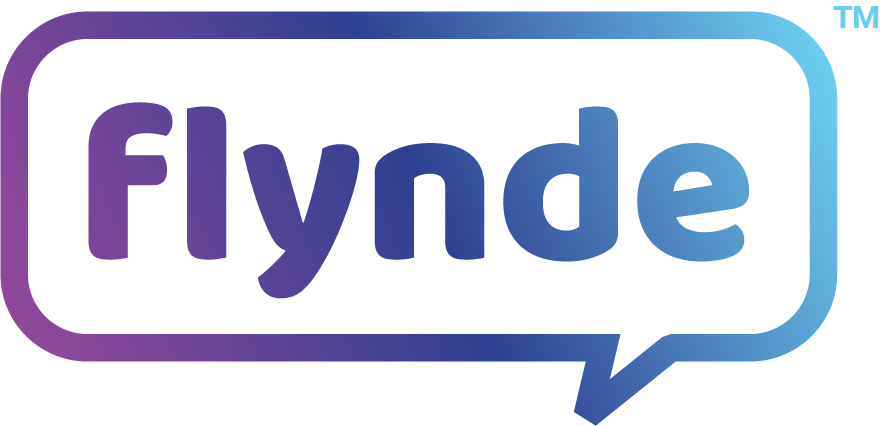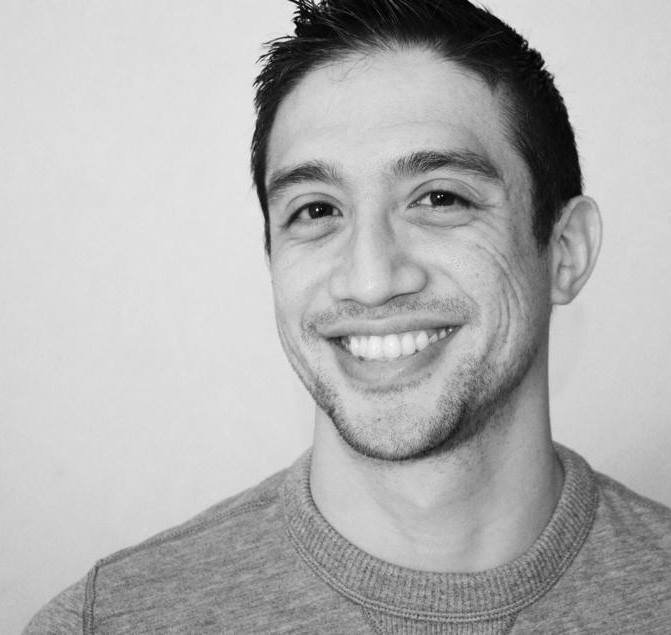Inclusivity Begins with Language: Why Mindfulness in Multilingual Societies Matters
June is Pride Month, when the world places a spotlight on inclusiveness, acceptance, and the celebration of differences. While much of the conversation revolves around gender, identity, and equality, it's essential to recognize that true inclusivity extends beyond policies and parades. It exists in our everyday actions, including the languages we choose to speak.
Language inclusion is a subtle but powerful reflection of whether we are truly creating space for everyone. In multilingual societies like Singapore, Switzerland, the USA, and many others, where diverse ethnicities and cultures coexist, language often becomes the dividing line between who feels included and who doesn't.
The Straits Times article by Elisha Tushara, ‘Can you say that in English?’ Why a common tongue matters brought this subject matter to life with painful clarity. A parent attending her daughter's preschool Parents' Day event recounted how one of the teachers repeatedly slipped into Mandarin while interacting with parents:
"Much of her banter with parents was happening in Mandarin, a language lost in half the room, judging from the puzzled looks on people's faces... But slipping into Mandarin meant that so many of us were excluded from the conversation."
This wasn't about malice. As the writer rightly pointed out, people often default to the language they're most comfortable in, especially when they're trying to be friendly or engaging. But impact matters more than intent.
"People just slip into a language that's comfortable... But the problem with this is, if one person does not understand what is being spoken... they will be made to feel like outsiders."
And isn't that the very thing we're fighting against in broader diversity, equity, and inclusion (DEI) conversations? Whether it's promoting women in leadership, championing equal rights for the LGBTQ+ community, or encouraging racial equity, we're ultimately talking about creating environments where everyone feels seen, valued, and respected.
So why stop at gender or race? Instead, we should also be asking: How inclusive is the way we speak? How often do we unwittingly leave others out because we assume that "everyone" understands?
This issue isn't limited to Singapore. In multilingual countries like Switzerland, where German, French, Italian, and Romansh coexist, or Malaysia, with Malay, English, Mandarin, and Tamil in everyday use, linguistic inclusivity is a constant balancing act. However, it's also a matter of mindset.
Here are three ways we can be more inclusive, starting with language:
1. Default to the Common Language in Shared Spaces
In Singapore, that's English. Not because it's better, but because the majority understands it. In workplaces, schools, and public settings, leading with English helps ensure no one feels excluded.
2. Be Aware of Group Dynamics
Before cracking a joke in your mother tongue or holding a side conversation, ask: Is everyone here following? If not, pause or offer a quick translation. Awareness isn't about policing, but about consideration.
3. Speak Up with Kindness
A simple "Could we say that in English so everyone can follow?" can open a door rather than close it. Inclusion often starts with one voice making a thoughtful ask.
As Elisha Tushara concluded:
"Language should never be a barrier, but a bridge to connect us.
'I didn't understand that. Can you say it in English?' I said it.
Now, I hope more people will."
As we reflect on all the ways we strive to be more inclusive, as companies, communities, and individuals, let's not forget the words we use. Because sometimes, the most powerful way to make someone feel they belong is to speak a language they understand.
About the Author
Colin Drysdale is the Chief Strategy Officer with Flynde, a global company providing translation solutions to businesses of all sizes.
Discover the best-in-class translation solutions for your business. Trusted & certified for all languages with locations in Singapore, Switzerland & the USA. Flynde takes human translation strategies and uses advanced technologies to deliver them to our customers across our three business lines: Flynde for startups, Flynde for small businesses, and Flynde for corporations.
For more information, contact us at hello@flynde.com



